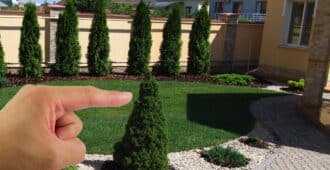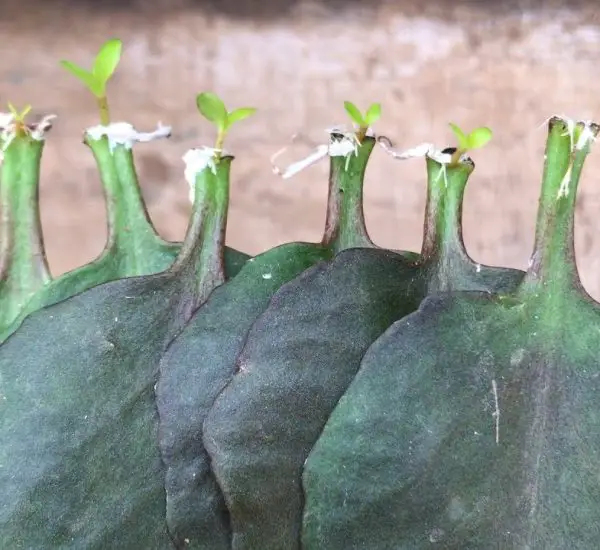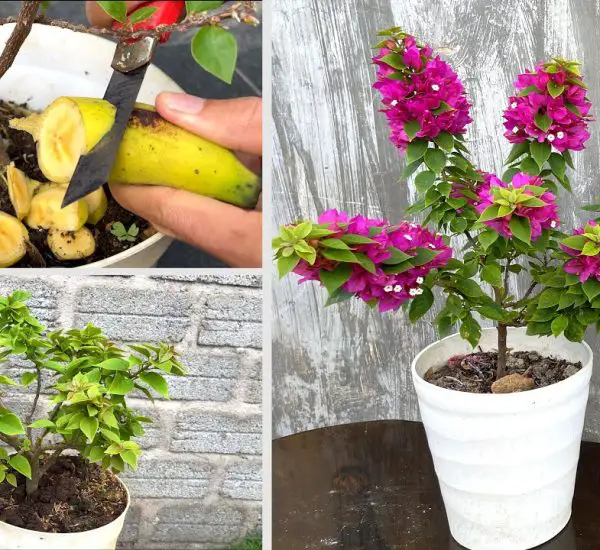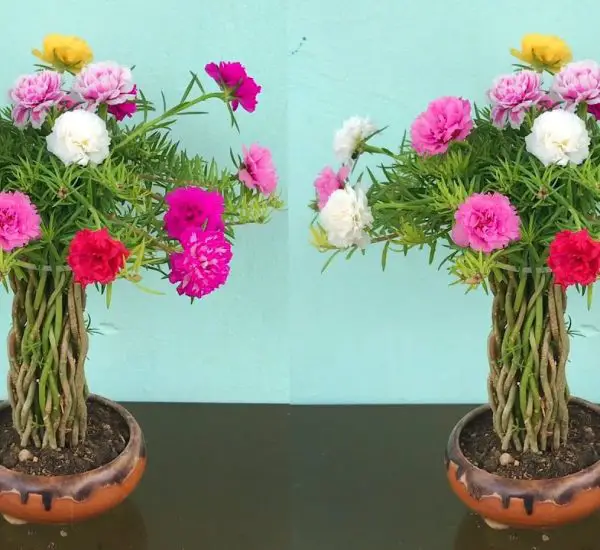When it comes to landscaping decisions, the placement of trees and shrubs requires thoughtful consideration, and experienced homeowners have valuable insights to share. Among their pearls of wisdom is the advice to avoid planting Thuja trees too close to the house. Let’s delve into the reasons behind this recommendation and the benefits it brings.
1. Root Invasion: Thuja trees, with their expansive root systems, can pose a risk of invading underground utilities and foundations if planted too close to structures. The roots may penetrate pipes, causing blockages or damage, and exert pressure on foundations, leading to costly repairs over time.
2. Structural Damage: As Thuja trees mature, their dense foliage and branches can become heavy, posing a risk of falling limbs during storms or high winds. If planted near the house, these branches may collide with the roof, windows, or siding, causing structural damage and potential safety hazards.
3. Limited Sunlight: Placing Thuja trees too close to the house can obstruct sunlight from reaching windows and outdoor living spaces, reducing natural light indoors and impeding the growth of other plants in the vicinity. This can also contribute to a damp and shaded environment, fostering conditions conducive to mold and mildew growth.
4. Maintenance Challenges: Routine maintenance tasks such as pruning, trimming, and gutter cleaning become more challenging when Thuja trees are planted near the house. Accessing branches for trimming or removing debris from gutters may require specialized equipment or professional assistance, adding to the cost and complexity of upkeep.
5. Aesthetic Considerations: Finally, the placement of Thuja trees near the house may detract from the overall aesthetic appeal of the property. Over time, the trees may outgrow their intended space, creating a crowded or unbalanced appearance that detracts from the architectural features of the home.
In conclusion, heeding the advice of experienced homeowners to avoid planting Thuja trees near the house offers numerous benefits, including mitigating the risk of root invasion, structural damage, and maintenance challenges. By carefully selecting planting locations and considering the long-term implications, homeowners can create a harmonious and functional landscape that enhances the beauty and value of their property for years to come.



